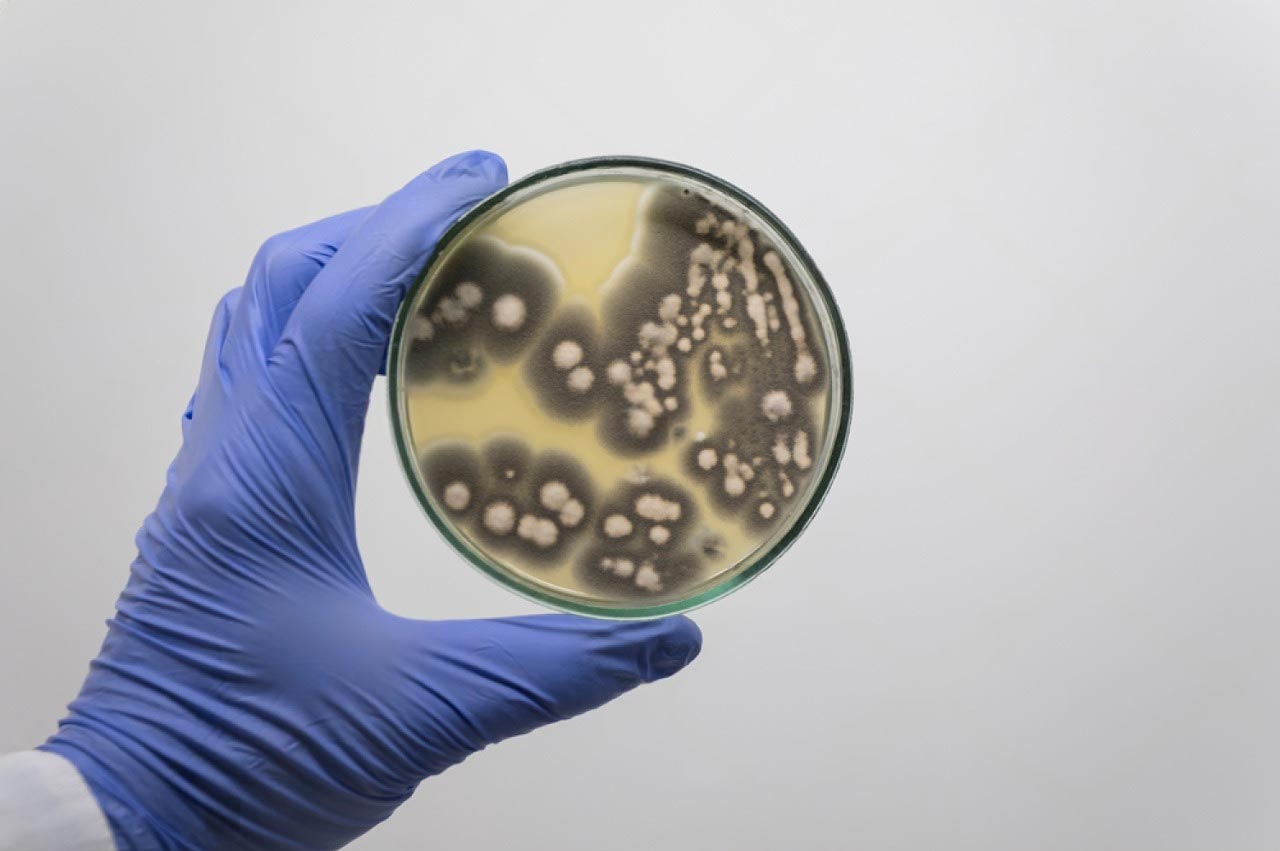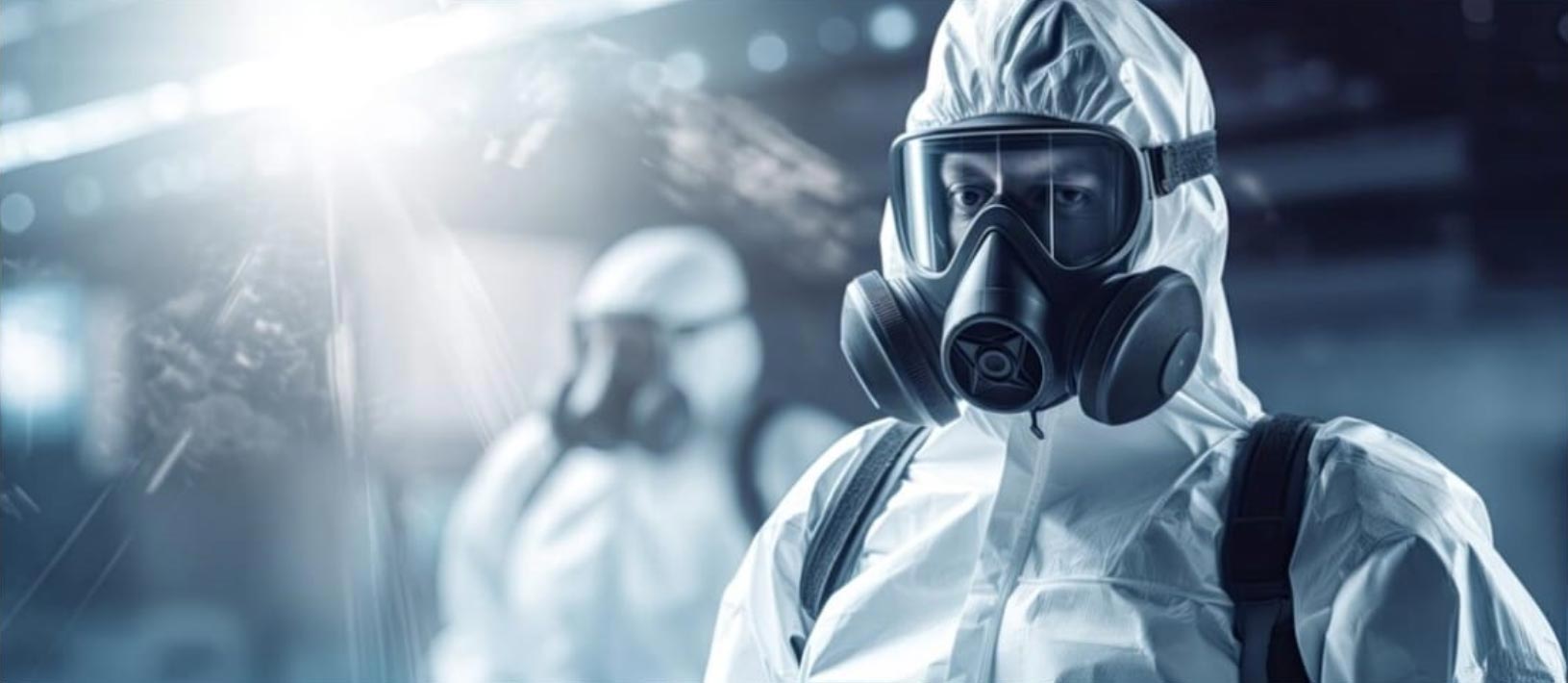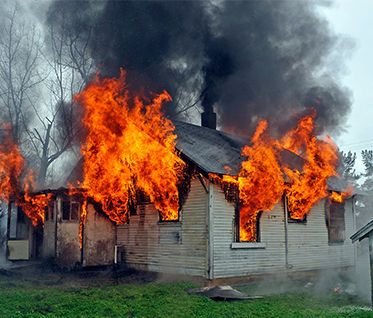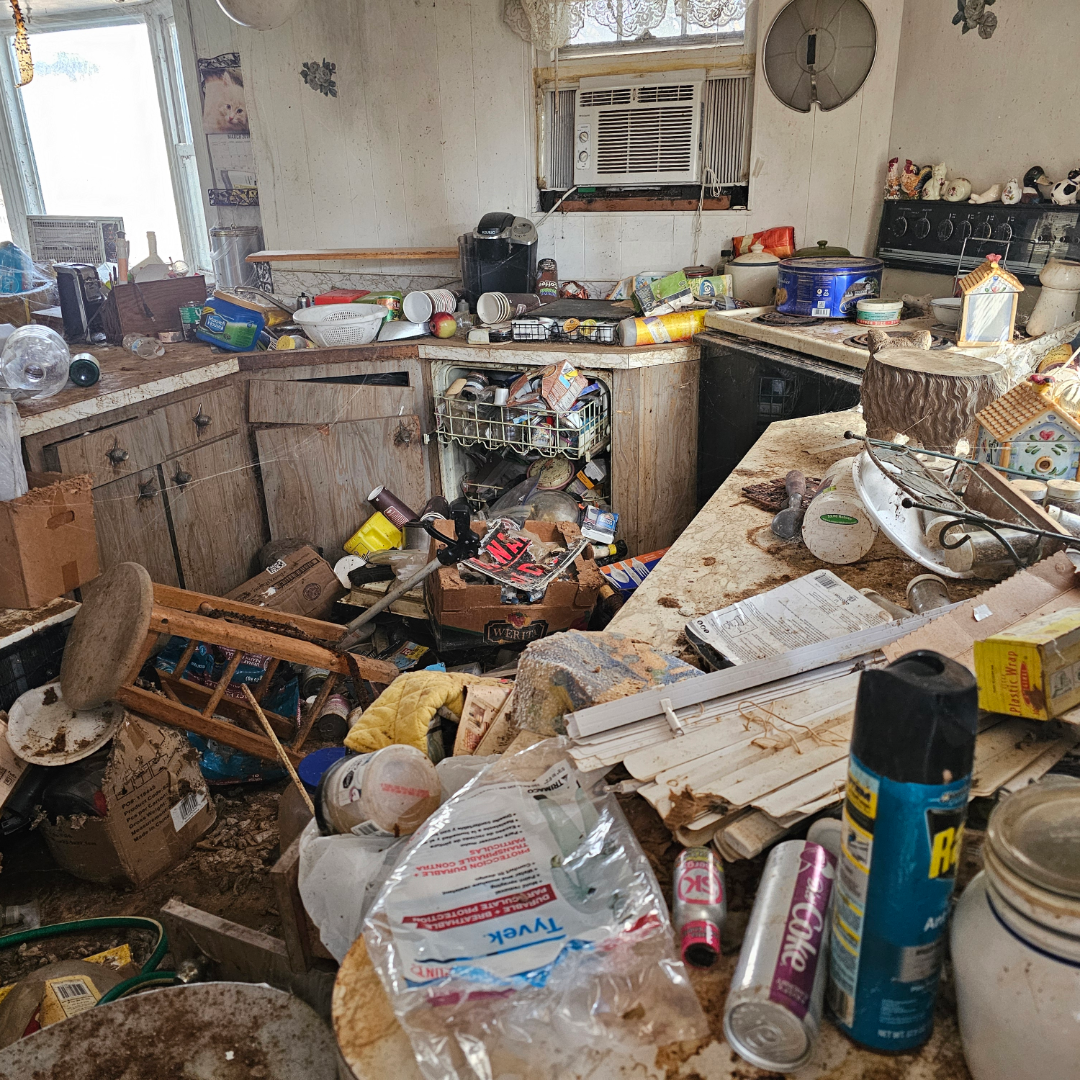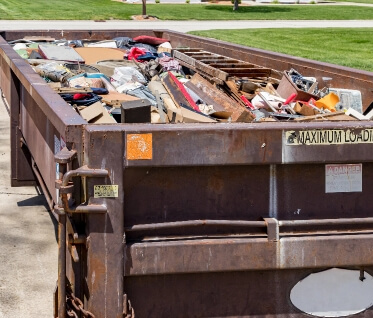Services
Mold Remediation
Water Damage Restoration
DRYING SOLUTIONS FOR YOUR BUSINESS PROPERTY
Water Damage Restoration Near You
Water intrusion into building envelopes can be incredibly destructive resulting in thousands of dollars in losses. From leaking faucets, broken hot water tanks, burst pipes and even natural disasters like flooding, the damage water causes could result in extensive property damage and content loss. Immediate action in the event of a water loss is paramount, and hiring a properly equipped, fully trained and certified company will only help expedite the water damage restoration process. Mold Solutions & Inspections has been mitigating water damaged properties for over 25 years. Our experience of implementing a successful water restoration scope has earned us accolades across a wide spectrum within the field. And because we are an IICRC Certified Firm, each of our water damage restoration technicians are fully trained to handle any loss that may occur. If you are filing an insurance claim we can help. We are an approved vendor with all of the major insurance carriers and can handle the claim directly with your insurance company to alleviate any added stress through the process. When water damage does happen, trust us to bring you back to pre-loss conditions in a safe, quick, and cost effective manner, 24 hours a day, 365 days a year.
Our Water Restoration Process
Water damage in your home or business can cause a myriad of issues leading to structural problems, damage to building materials and personal content loss if not dealt with in a quick manner. With a proper water restoration plan, those issues can be dramatically reduced, and that’s where we come into play. Our professional and award winning water damage restoration services can protect your property from secondary damage, giving you peace of mind in knowing that your home or business will be restored with the upmost care and efficiency. Our water damage restoration process is as follows;
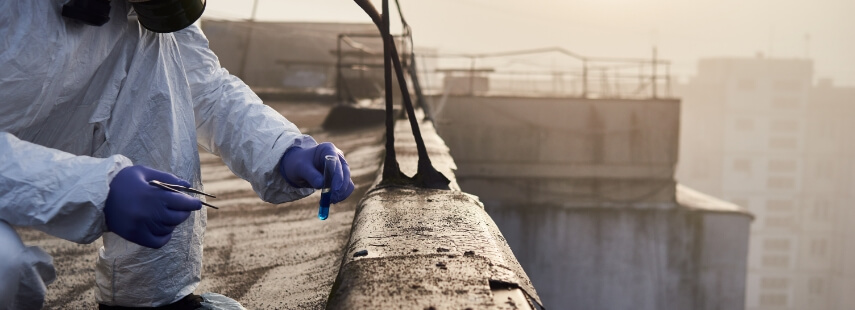
Once the water restoration process is finished, we then will create the final documentation which includes, photos, invoicing and drying logs for submittal to you or your insurance company directly, and assist you throughout the entire claims process.
Fire & Smoke Damage
Fire Damage Restoration and Smoke Damage services
A fire can be devastating to your home or business. After the fire trucks leave, your property will likely suffer from not only fire and smoke damage, but also widespread water damage and flooding from firefighting efforts. Fire damage clean up is an arduous process that often requires the proper industrial equipment and specially trained technicians.
In the wake of a fire, when victims are faced with insurance matters, arrangements for interim housing, and possible health concerns, homeowners are unlikely to make salvaging efforts the
top priority. Sadly, this could present a costly dilemma, as time is of the essence. In these cases, the services of a certified fire restoration company are invaluable. Delays in fire damage clean up can have serious consequences. In addition to the obvious devastation created by heat, flames and soot, water and smoke are powerful contaminators and destructors in their own right. Immediate intervention is critical to minimize exposure to these damaging agents in hopes of limiting restoration costs.
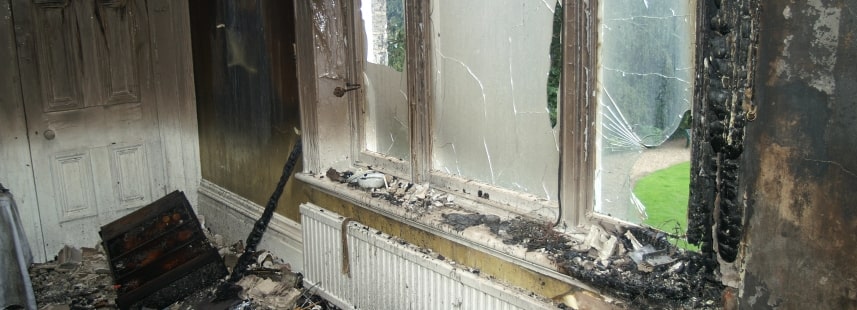
Why Immediate Action Is Needed
- Within minutes after the blaze is extinguished, acidic soot residue causes discoloration of plastics. Certain materials like marble and alabaster could be marred permanently.
- It only takes a matter of hours for acidic soot to cause yellowing of bath fixtures, counter tops, & the tarnishing of unprotected metals. Furniture & appliances may also discolor.
- Within days, acid residues may permanently discolor walls and cause corrosion and rusting of metals. Flooring made of wood or vinyl must be replaced (or at the least refinished), and textiles such as clothing and furniture upholstery becomes irreparably stained.
- In a matter of weeks, carpet may become unsalvageable due to discoloration. Silver-plated fixtures are irreversibly corroded. Glass, crystal, and china may become severely etched and pitted due to extended exposure to acidic soot residue.
Consultation Service
Hoarding Cleanup
Dehumidification
Mold Basics
Mold Basics
Molds are part of the natural environment. Molds are fungi that can be found anywhere – inside or outside – throughout the year. About 1,000 species of mold can be found in the United States, with more than 100,000 known species worldwide. Indoors, mold growth should be avoided. Problems may arise when mold starts eating away at materials, affecting the look, smell, and possibly, with the respect to wood-framed buildings, affecting the structural integrity of the buildings. Molds can grow on virtually any substance, as long as moisture or water, oxygen, and an organic source are present.

They reproduce by creating tiny spores (viable seeds) that usually cannot be seen without magnification. Spores continually float through the indoor and outdoor air, thus requiring mold remediation. Molds are usually not a problem unless mold spores land on a damp spot and begin growing. They digest whatever they land on in order to survive. There are molds that grow on wood, paper, carpet, foods and insulation, while other molds feast on the everyday dust and dirt that gather in the moist regions of a building. When excessive moisture or water accumulates indoors, mold growth often will occur, particularly if the moisture problem remains uncorrected.
All molds share the characteristic of being able to grow without sunlight; mold needs only a viable seed (spore), a nutrient source, moisture, and the right temperature to proliferate. This explains why mold infestation is often found in damp, dark, hidden spaces; light and air circulation dry areas out, making them less hospitable for mold. Molds gradually damage building materials and furnishings. Since mold requires water to grow, it is important to prevent excessive moisture in buildings. Some moisture problems in buildings have been linked to changes in building construction practices since the 1970s, which resulted in tightly sealed buildings with diminished ventilation, contributing to moisture vapor buildup. Since mold requires water to grow, it is important to prevent excessive moisture in buildings. Some moisture problems in buildings have been linked to changes in building construction practices since the 1970s, which resulted in tightly sealed buildings with diminished ventilation, contributing to moisture vapor buildup.
Mold Inspection Services offered for residents of Philadelphia PA, Delaware County PA, Bucks County PA, Montgomery County PA, Chester County PA, Lehigh County PA, Camden County NJ, Mercer County NJ, Burlington County NJ, Gloucester County NJ, Monmouth County NJ and Delaware.
Our Process
This will remain the same as it is but we need to clean it up and add a style that matches the site. This should have boxes with the information inside and should have movement and maybe the orange colors like on the main page so everything flows the same. It’ll also add some needed breakups of white space.
Hoarding Cleanup
Compulsive Hoarding, Also Known As Hoarding Disorder
Compulsive Hoarding, Also Known As Hoarding Disorder is a pattern of behavior that is characterized by excessive acquisition and an inability or unwillingness to discard large quantities of objects that cover the living areas of the home and cause significant distress or impairment. In the homes of people who have hoarding disorder, the countertops, sinks, stoves, desks, stairways and virtually all other surfaces are usually stacked with stuff. And when there’s no more room inside, the clutter may spread to the garage, vehicles and yard.
Clutter and difficulty discarding things are usually the first signs and symptoms of hoarding disorder, which often surfaces during the teenage years. As the person grows older, he or she typically starts acquiring things for which there is no need or space. By middle age, symptoms are often severe and may be harder to treat.
Hoarding disorder affects emotions, thoughts & behavior. Signs & symptoms may include:
- Persistent inability to part with any possession, regardless of its value
- Excessive attachment to possessions, including discomfort letting others touch or borrow them or distress at the idea of letting an item go
- Cluttered living spaces, making areas of the home unusable for the intended purpose, such as not being able to cook in the kitchen or use the bathroom to bathe
- Keeping stacks of newspapers, magazines or junk mail
- Letting food or trash build up to unusually excessive, unsanitary levels

- Difficulty managing daily activities because of procrastination & trouble making decisions
- Moving items from one pile to another, without discarding anything
- Difficulty organizing items, sometimes losing important items in the clutter
- Shame or embarrassment
- Limited or no social interactions
People with hoarding disorder typically save items because:
- They believe these items will be needed or have value in the future
- The items have important emotional significance — serving as a reminder of happier times or representing beloved people or pets
- They feel safer when surrounded by the things they save

Hoarding disorder is different from collecting. People who have collections, such as stamps or model cars, deliberately search out specific items, categorize them and carefully display their collections. Although collections can be large, they aren’t usually cluttered and they don’t cause the distress and impairments that are part of hoarding disorder. Hoarding not only can create egress and ingress issues for evacuating occupants but also can delay fire crews entering the structure. Often, exits are blocked and rooms are filled to the ceiling with stacks of belongings that can easily fall over and entrap firefighters.
Although firefighters may force open an inward-opening exterior door to enter, getting out through the same door may present a problem. Also, if a firefighter is in distress, accessing and removing him can be difficult. First responders have a double-edged sword to deal with—fire prevention and firefighter safety. Many fire departments are experiencing serious fires, injuries, and deaths as the result of compulsive hoarding behavior. The excessive accumulation of materials in homes poses a significant threat to firefighters fighting fires and responding to other emergencies in these homes and to residents and neighbors.
Often, the local fire department will be contacted to help deal with this serious issue. Since studies suggest that between three and five percent of the population are compulsive hoarders, fire departments must become familiar with this issue & how to effectively handle it.
Why is hoarding an issue for the fire service?
- Hoarding can be a fire hazard. Many occupants die in fires in these homes. Often, blocked exits prevent escape from the home. In addition, many people who are hoarding are injured when they trip over things or when materials fall on them.
- Responding firefighters can be put at risk due to obstructed exits, falling objects, & excessive fire loading that can lead to collapse. Hoarding makes fighting fires and searching for occupants far more difficult.
- Those living adjacent to an occupied structure can be quickly affected when a fire occurs, due to excessive smoke and fire conditions.

Many companies such as maid services, junk removal firms and even basic contractors offer hoarding cleanup services. For them, hoarding cleanup is nothing more than removing what they believe to be is trash into a dumpster and charging the customer a small fortune. Aside from the fact that not everything you see is trash, as there can be valuables and other family heirlooms within the piles, but also what you may not be able to see is the damage lurking behind the items. Quite a few hoarding cleanup jobs that we undertake result in the discovery of little to major water damage and mold. And when these two types of damage are seen, then you know hiring a regular contractor or a cleaning service is the wrong choice.
If you have a family member or friend suffering from a hoarding condition and in need of hoarding cleanup, take into consideration the strong possibility that large amounts of stored items and trash may not be the only issue, and you could have to deal with water damage and mold. And by hiring a hoarding cleanup company not capable of going beyond just the hoarding cleanup, could result in cross contamination and further damage. By trusting our company to handle your hoarding cleanup job, we are fully prepared and capable of handling any situation that may arise unexpectedly.
Crime Scene Cleanup
Crime & Trauma Scene Clean Up
No one can ever anticipate a traumatic event occurring in their home or business. Such events that involve blood or other biohazards pose major safety risks, & improper cleanup of these hazards may result in serious consequences, including possible disease outbreak.

Rapid response to such events can also limit damage to personal contents and the structure of your home or business. Biohazard remediation refers to the removal, cleaning, and disinfection of blood, bodily fluids, and other potentially harmful pathogens in affected areas after a death, accident, or communicable disease outbreak.
Because of the high exposure risk to bloodborne pathogens, biohazard remediation is a specialty service that requires proper training, equipment, certification, and licensing. Improper cleanup and even the slightest exposure can result in the transfer of blood-borne pathogens like HIV, Hepatitis B or C, MRSA and more.
Bloodborne pathogens are any type of virus, disease, or bacteria that can be found in the bodily fluid. We’ve outlined a few basic do’s and don’ts for you until we arrive on the scene.
Handling a crime scene at your property presents a lot of difficult situations, but clean up shouldn’t be one of them. Here’s a list of what to do if you ever find yourself in this terrible situation.
- Call the Authorities – Calling 911 should always be the first step in dealing with any crime scene.
- Shut off Access to the Scene – Be sure that you, your tenants or customers don’t enter or alter a crime scene.
- Cooperate with the Police Investigation – Once help arrives, cooperating with the proper authorities is a must. While the length of this stage may vary depending on the investigation, you may be forced to shut close your facility or relocate tenants.
- Call Our team of highly trained professionals that will help you quickly, safely and discreetly get you back to normal while working with your insurance company.
